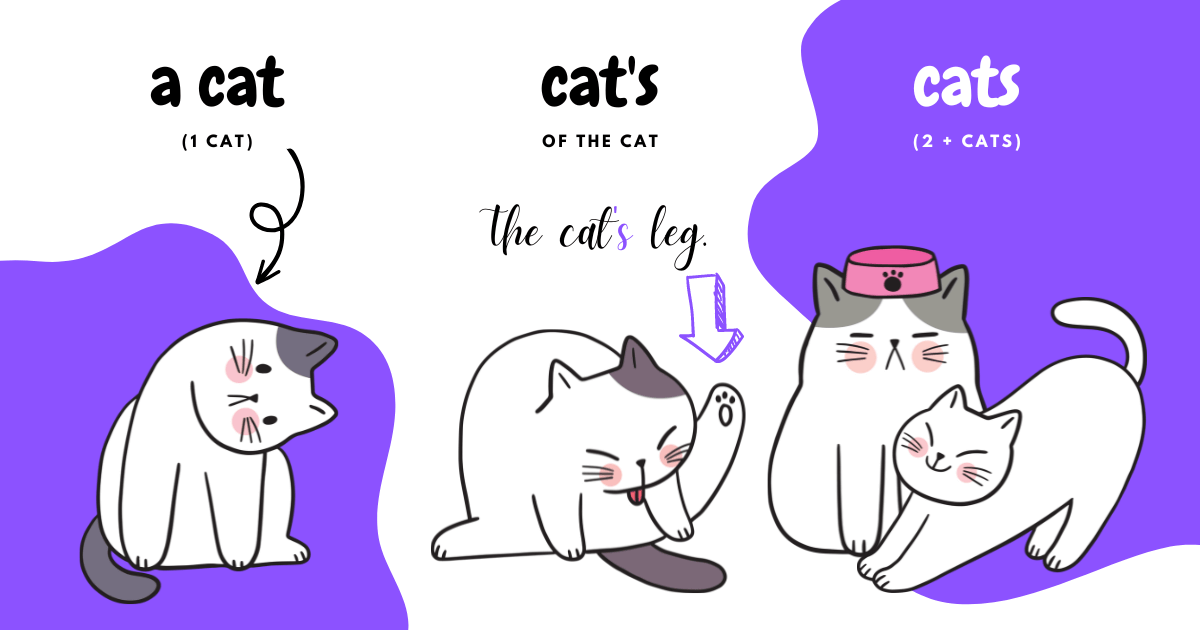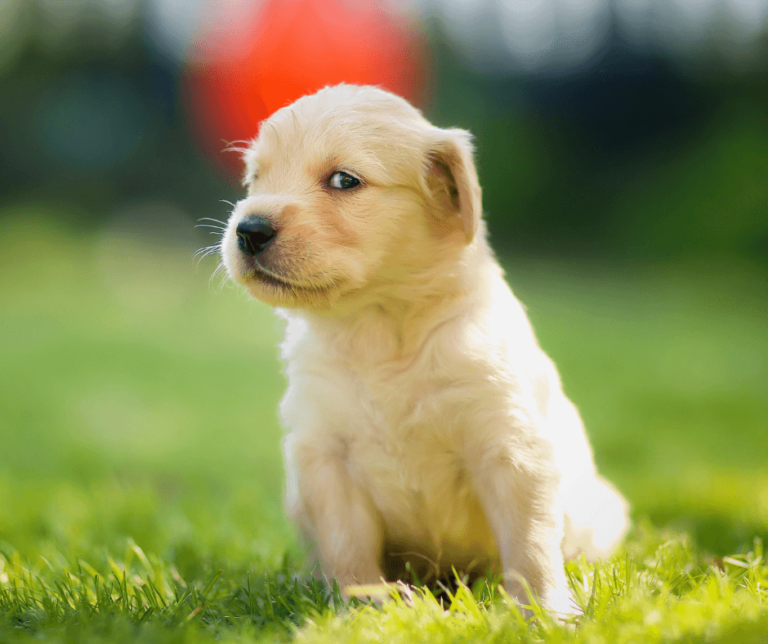For many learners, the apostrophe in English is difficult to understand. Even though it exists in other languages like French, Italian, and Portuguese, it is not as commonly used as in English, especially compared to Slavic languages. That is why in this article, we will talk about the apostrophe in the English language and provide different-level examples and additional explanations to show how to use it.

Why do we need the apostrophe?
The apostrophe has several functions in English. Sometimes, in writing, it substitutes missing letters, which in turn affects the way we pronounce things. For example, I’m vs. I am.
In other situations, it is added to words and changes the meaning, for example, cats vs. cat’s.
Here are the most common situations in which we use the apostrophe in English:
To show possession
The apostrophe indicates that something belongs to someone or something else.
- Ana’s books = The books of Ana.
- The cats’ tails. = The tails of the cats.
Singular possession examples: (Level A1-A2)
- The dog’s toy is under the bed.
- I can see my sister’s car from here.
- The teacher’s desk has many things on it.
- The restaurant’s menu is very long.
Plural possession examples: (Level above A2)
- The dogs’ tails are wagging happily.
- The children’s toys were all over the playground.
- The flowers’ petals were soft to the touch.
- The students’ backpacks are heavy with books.
To form contractions (short forms)
The apostrophe is used to represent omitted letters in contractions. For example, “can’t” is a contraction of “cannot,” and the apostrophe represents the omitted letters “n” and “o.”
The same goes for “don’t” and haven’t where “o” from “not” is missing, and in its place comes the apostrophe.
Here are the most common short forms:
- I am = I’m
- You are = You’re
- He/ She / It is = He’s/ She’s / It’s
- We are = We’re
- They are = They’re
- Do not = don’t
- Did not = didn’t
- Cannot = can’t
- could not = couldn’t
- Have not = haven’t
- Has not = hasn’t
- Would not = wouldn’t
- Would have = would’ve
- Will = ‘ll (you will = you’ll)
- I can’t believe it’s already Friday!
- He didn’t do his homework.
- You’re my best friend.
- It’s raining outside, so we can’t go for a walk.
To form plurals of letters and numbers
The apostrophe can be used to form plurals of single letters and numbers.
- I got all A’s on my report card.
- Don’t forget to dot your i’s and cross your t’s.
To avoid confusion in some cases
We use the apostrophe to avoid confusion when there are multiple nouns in a sentence or to distinguish between singular and plural possessive.
- I met Smith’s daughter. = I met the daughter of (Mr.) Smith.
- I met the Smiths’ daughter. = I met the daughter of Mr. and Mrs. Smith.
“I met Smiths daughter.” would be incorrect and confusing.
- The girls’ (plural possessive) shoes were all pink.
- The teacher’s (singular possessive) book was on the desk.
- The teachers’ (plural possessive) books were on the shelf.
In certain proper nouns
The apostrophe is used in certain proper nouns to indicate a missing letter or letters.
For example, “O’Reilly”, O’Conner.” In this case, the apostrophe substitutes “the son of” or “descendant of.”



